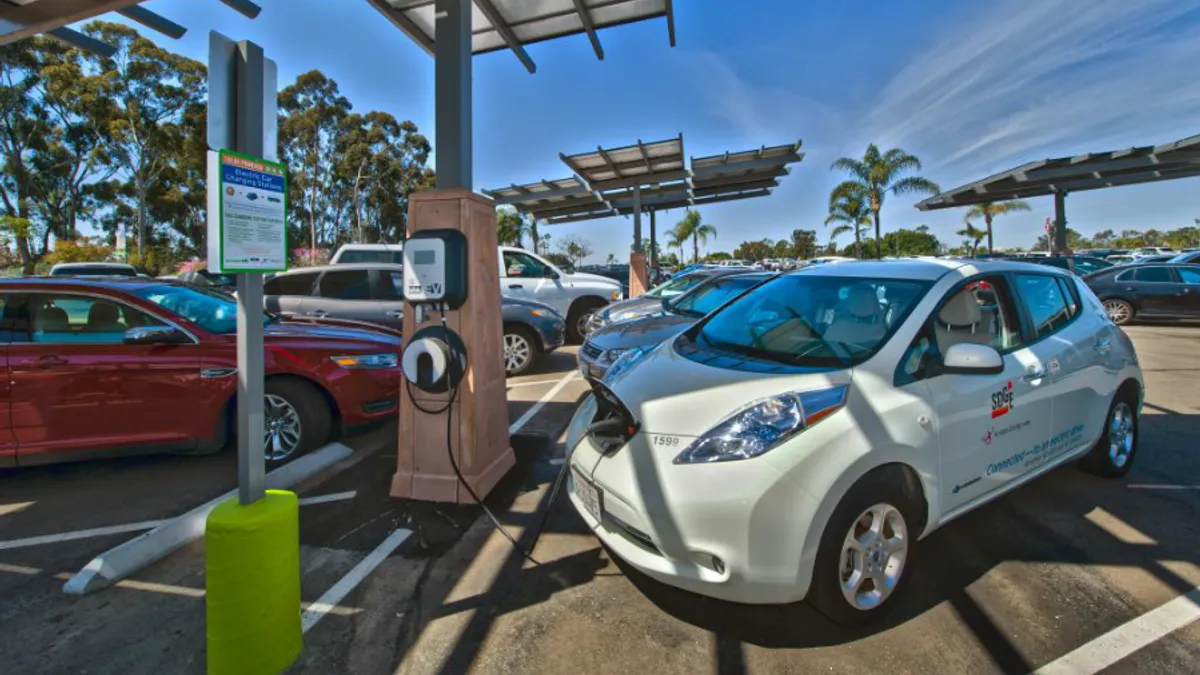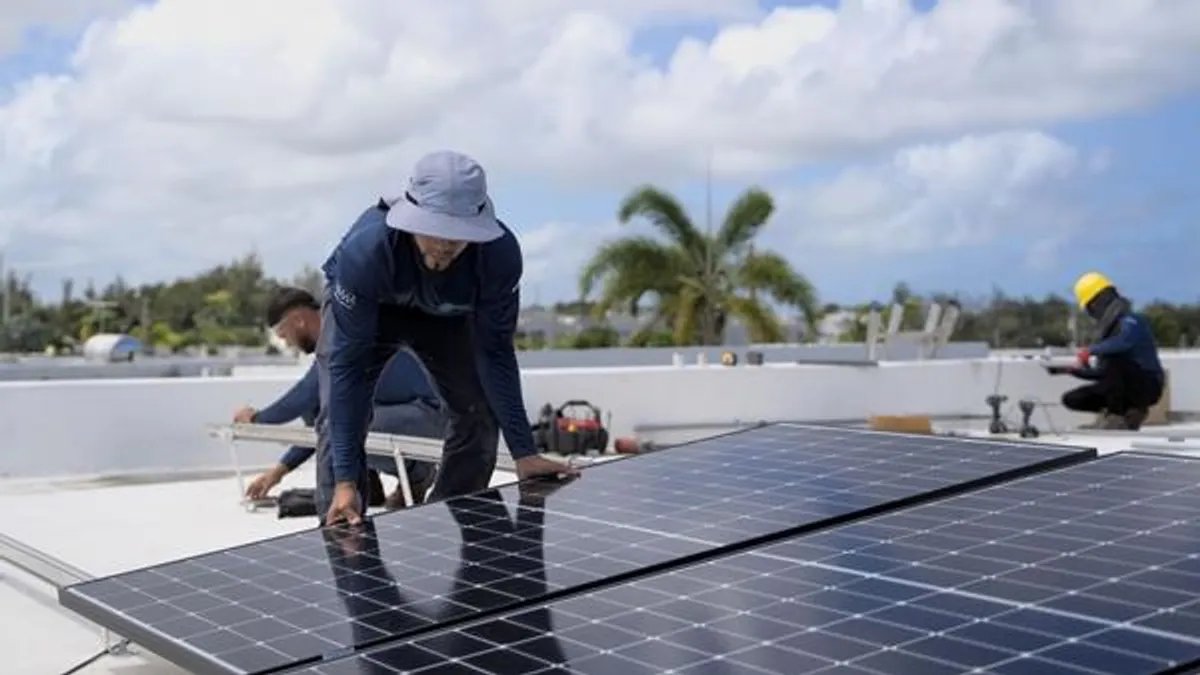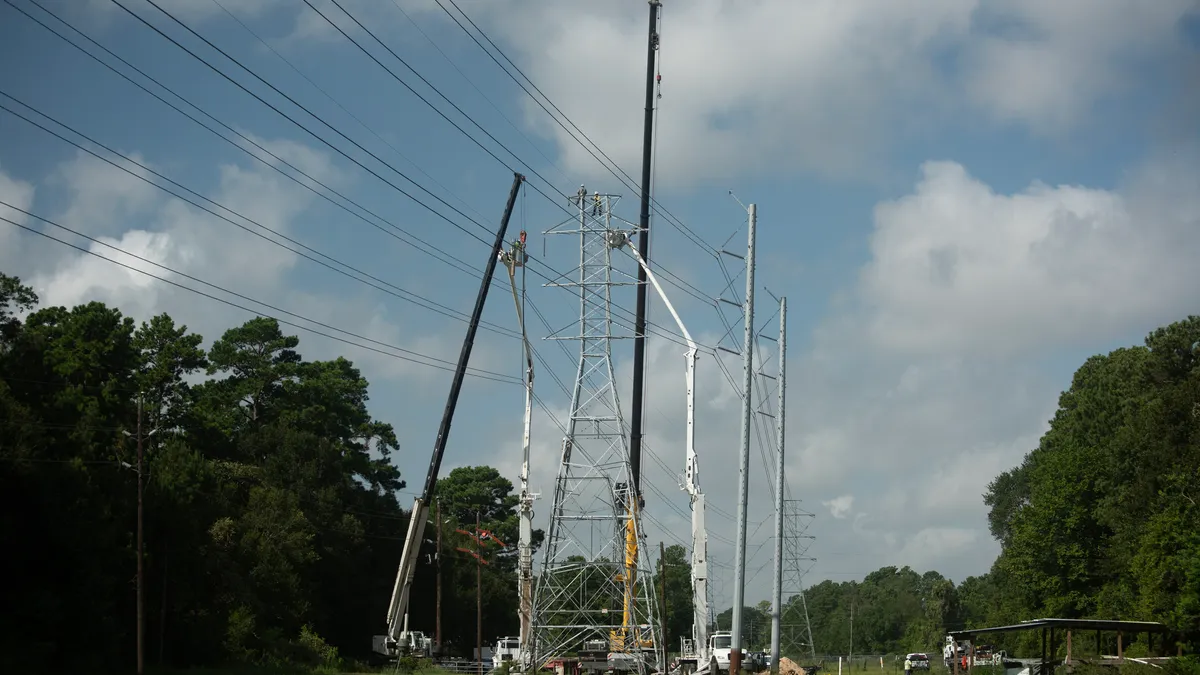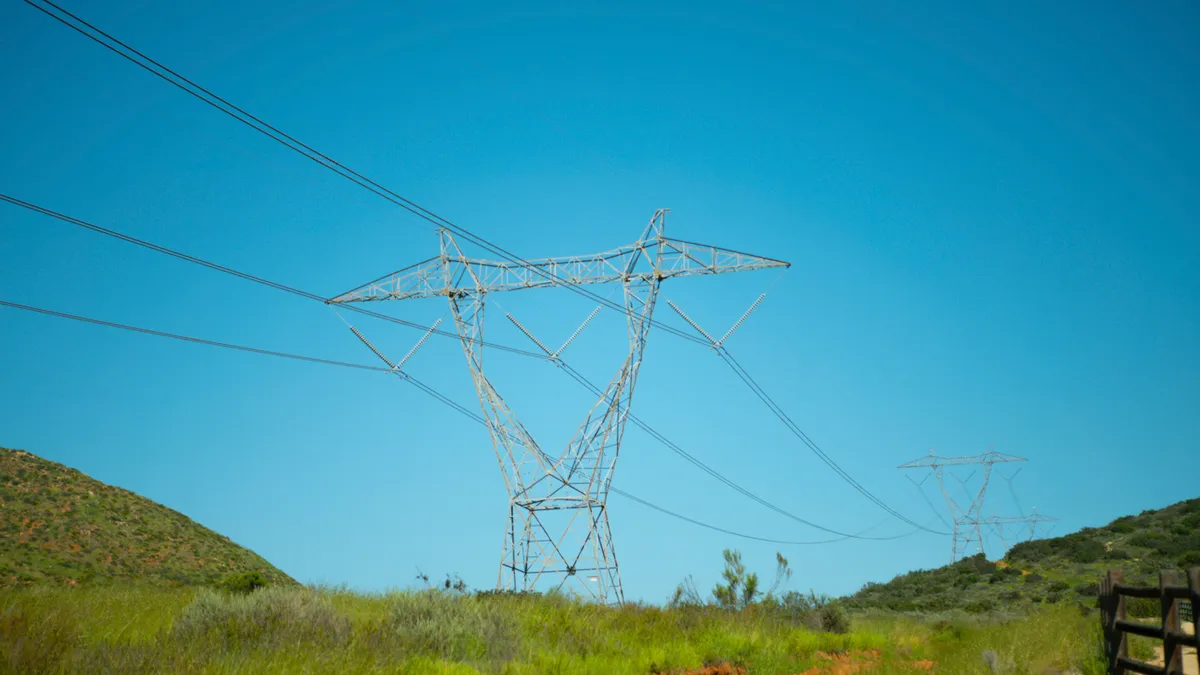A new report from Bloomberg New Energy Finance imagines a world in 2030 where transportation in dozens of urban areas is electrified and autonomous, and utilities are supplying greater amounts of power to keep it running.
Getting there will require cities to develop new systems of transportation and use cases. According to BNEF, the best will combine "shared mobility, autonomy, and electrification with integrated energy systems, public transport, and infrastructure."
Colin McKerracher, head of advanced transportation at Bloomberg New Energy Finance, said utilities should view the electrification as an opportunity. The sector has been dealing with stagnant load growth for years, and is being pushed to develop new business models to encourage and incorporate distributed, clean energy resources.
"This is a positive thing for utilities. The electrification of transportation is a really bright spot on a potentially dark horizon," McKerracher said.
McKerracher's research forecasts significant growth in electric vehicles. Falling battery prices will make private ownership of electric vehicles competitive with internal combustion engine vehicles by the mid-2020s, and earlier for high-utilization vehicles like fleets and taxis. Global sales rose 60% last year, to almost a half million vehicles — up from just 50,000 in 2011.
"We're forecasting significant uptake of EVs. There is going to be a regulatory driver for the next 10 years but beyond that you get into consumer preference," said McKerracher.
For about the next decade and a half, the impact on the utility sector will remain relatively minor. But that will change around 2030, when electric vehicles could represent 3% of global power demand. In Europe, EVs could make up an even higher percentage, up to 4% of demand.
Overall, the BNEF report predicts light electric vehicles could add up to 8% to global electricity demand by 2040.
Navigant issued a pair of reports over the summer, predicting light-duty plug-in electric vehicles will make up half of the global EV market by 2024, while also concluding charging station development would need to be done in conjunction with smart grid technology to ensure the maximum benefits back to the grid.
"Utilities don't want to miss the boat," said Navigant analyst Scott Shepard. "Solar is an example of what they don't want to happen. ... Utilities are stepping away from the idea the electric vehicle is a larger threat."
Utilities in the United States are beginning to integrate electric vehicles into their strategies. Avista, for example, is rolling out almost 300 port installations in Washington and Idaho over the next two years. Kansas City Power & Light has developed about 700 charging stations, in what is one of the faster-growing adoption areas in the country. In New England, Eversource has more than 700 publicly-accessible charging stations.
In California, which leads in EV adoption nationally, the state wants to get 1.5 million electric vehicles on the road by 2025 and has been working with utilities to approve charging station plans.
While load growth and rate base are the most immediate implications for utilities' bottom lines, McKerracher said there will be others including the possibility of expanding demand response resources, consumer education opportunities, a push for time of use rates and the possibility of providing grid services.
Demand management opportunities
It's not just increased demand that could benefit utilities, but the type of demand: predictable and moveable.
"Increased demand is a big part of it, and the increased flexible demand is a big part," said McKerracher. "It may be 3% to 4% of demand but it’s going to come in a way that can be moved around. ... That's going to be fairly flexible load, so there will be some opportunities to manage that intelligently."
And as utility systems for distributed resource management improve, McKerracher added that he expects power providers will be up to the challenge.
"Utilities are getting better and better using big data platforms to know what to expect next," he said. "This is something utilities wil be able to handle."
But making it work efficiently will require rate structures that are specifically designed for EV charging, taking advantage of high levels of inexpensive renewable capacity during the day. Vehicle fleets would be one of the largest opportunities for demand management, as fleet owners would likely be attuned to programs and possible savings.
"Utilities may look to target these groups with specific rate plans as their share of electricity consumption rises," the report finds. "New vehicle leasing structures may emerge that roll jointly negotiated electricity rates into the total lease cost of a vehicle for individuals or mobility operators. Utilities are likely to be highly supportive of
the rise of EVs, as they represent a major source new load growth over the coming decade."
But ultimately, capturing that inexpensive power will mean a buildout of charging stations in public and semi-public areas.
"You're going to have solar pushing daytime power prices to near near negative," said McKerracher. To capture that, "you're going to need a lot of workplace and public space charging infrastructure."
And vehicle automation and vehicle sharing will also speed the integration of EVs as demand response assets. Electric vehicles are more affordable in high use cases, such as fleets.
"We do think automated vehicles pull the timeline of electrification forward faster," McKerracher said. "If you buy the idea more of our kilometers are going to shift to shared mobility, then autonomy will play a big role. And you have fleet owners who can choose when and where to charge."
Falling battery costs will create 2nd life storage
The growth in electric vehicles has largely been enabled by the falling cost of batteries, making EVs more affordable. Tesla's Model 3 is expected to ship next December, and the company has almost 400,000 orders with a base price of $35,000.
The average price of lithium-ion batteies used in EVs fell 65% from 2010 to 2015, according to BNEF, a precipitous drop from $1,000/kWh to $350/kWh. And driven by larger manufacturing scale and better chemistry, costs are forecast to drop below $100/kWh within a decade, and possibly lower.
The batteries don't last forever — up to a decade, according to the Center for Sustainable Energy. But even when no longer suitable for vehicles, they have uses for utilities and their second life capacity will continue the downward pressure on storage.
By the mid-2020s, BNEF predicts a "large quantity" of used batteries will hit the market, possibly around $49/kWh, undercutting new storage prices. They will be deployed for grid-scale, commercial, and residential storage applications, the report concluded, "and will enable higher levels of renewables to be integrated onto the grid. They may also be used to reduce peak demand charges for public fast-charging infrastructure, so improving the business model."
EVs: The Trojan horse of energy literacy
There is another way electric vehicles could benefit utilities: by making them more visible and engaging to customers.
"There is an opportunity to be significantly more engaged with customers when you're selling them fuel," said McKerracher. "More people remember the names of big gas stations than energy suppliers."
The vast majority of Americans are not on time of use rates, a key tool for utilities to manage demand curves. "That's one of the challenges, how do utilities ensure (EVs) are being charged at a time that is optimal for the system," said McKerracher. Electric vehicles could change that dynamic, creating a more engaged dynamic. EVs, he added, could be the "Trojan horse of energy literacy."
If projections for EV adoption hold, that's a lot more utility customers actively engaged rather than taking standard service. Before 2010, the U.S. Energy Information Administration estimated there were less than 60,000 electric vehicles on the roads. Now, GTM Research is forecasting EV adoption could increase to 12 million vehicles by 2025.
"Residential demand response has struggled partially because you have to explain the value of their flexibility," said McKerracher. "An additional awareness of home energy consumption could help unlock some demand side potential consumers have."






















